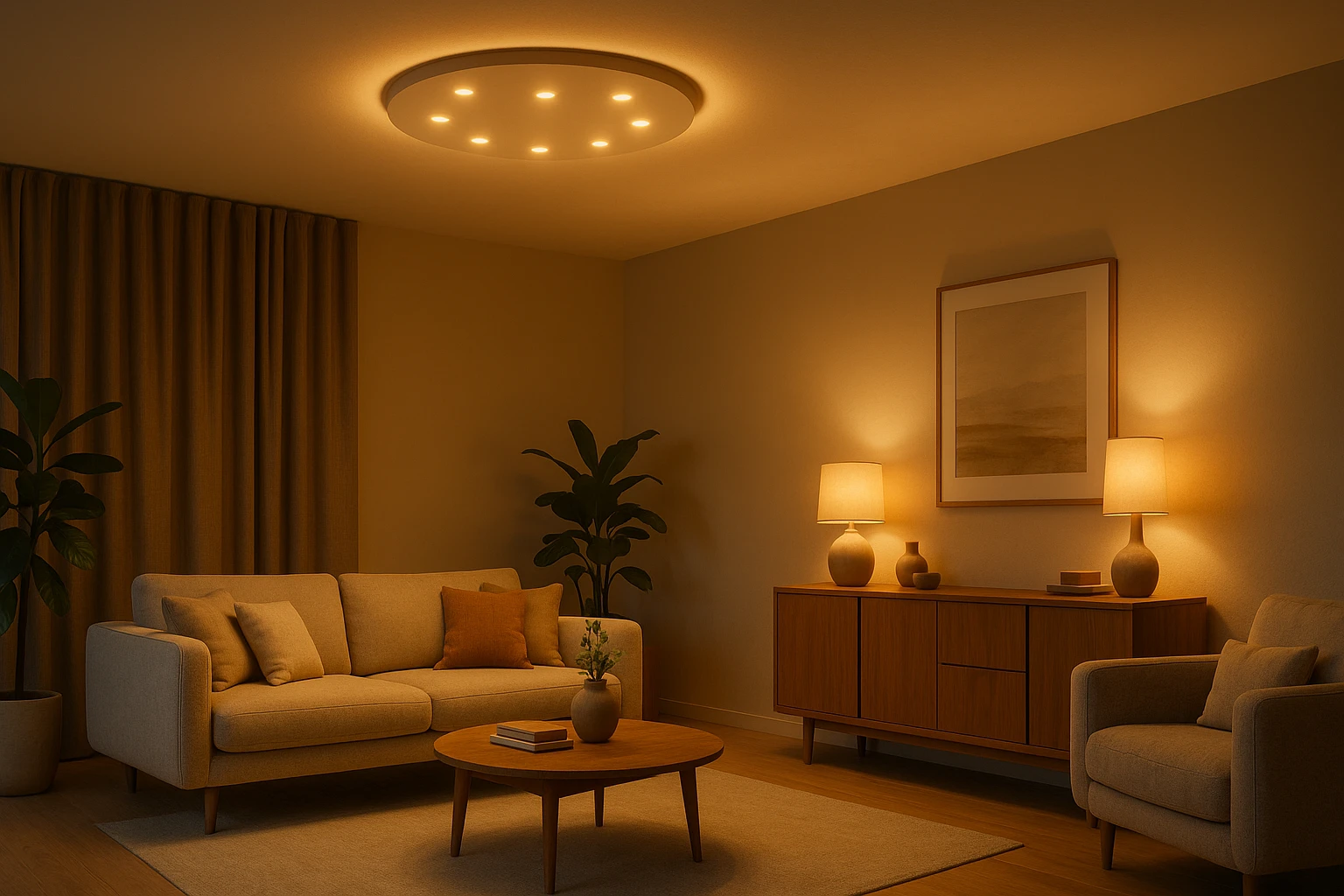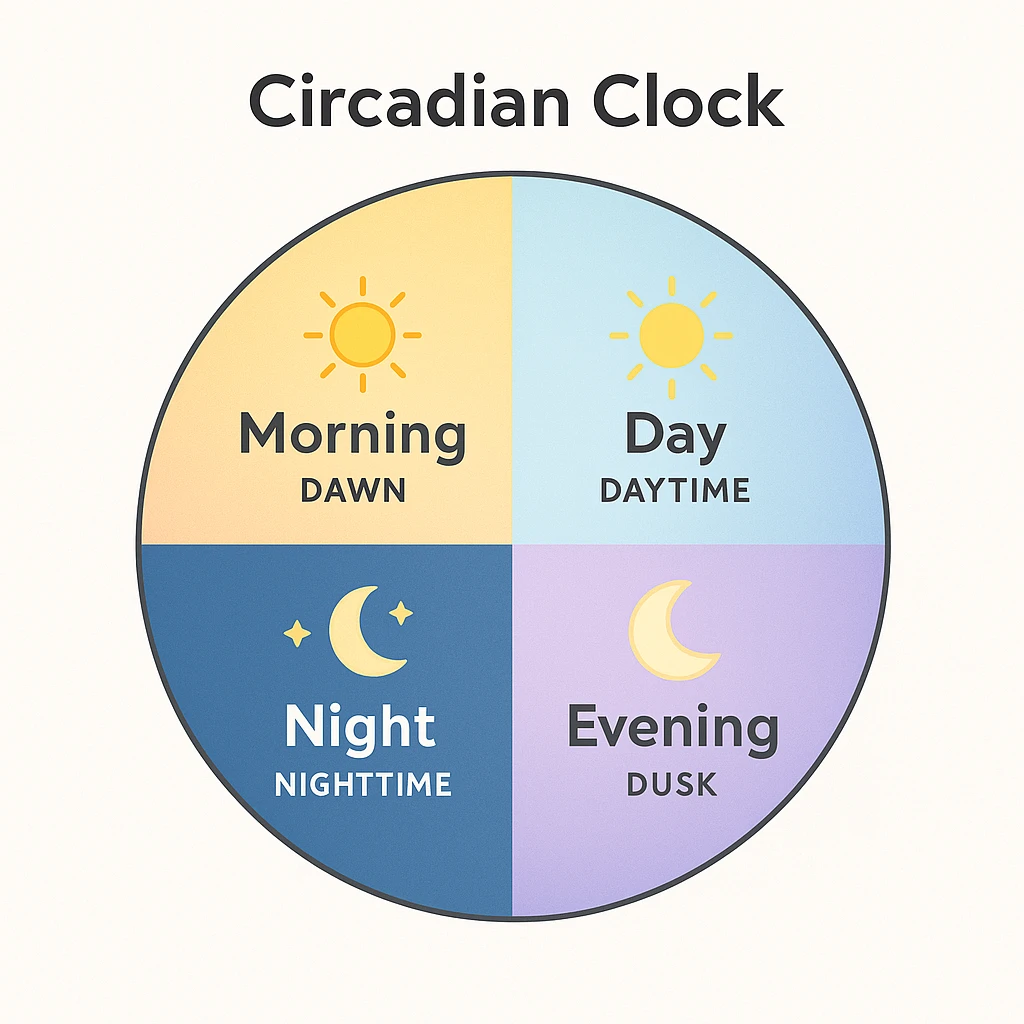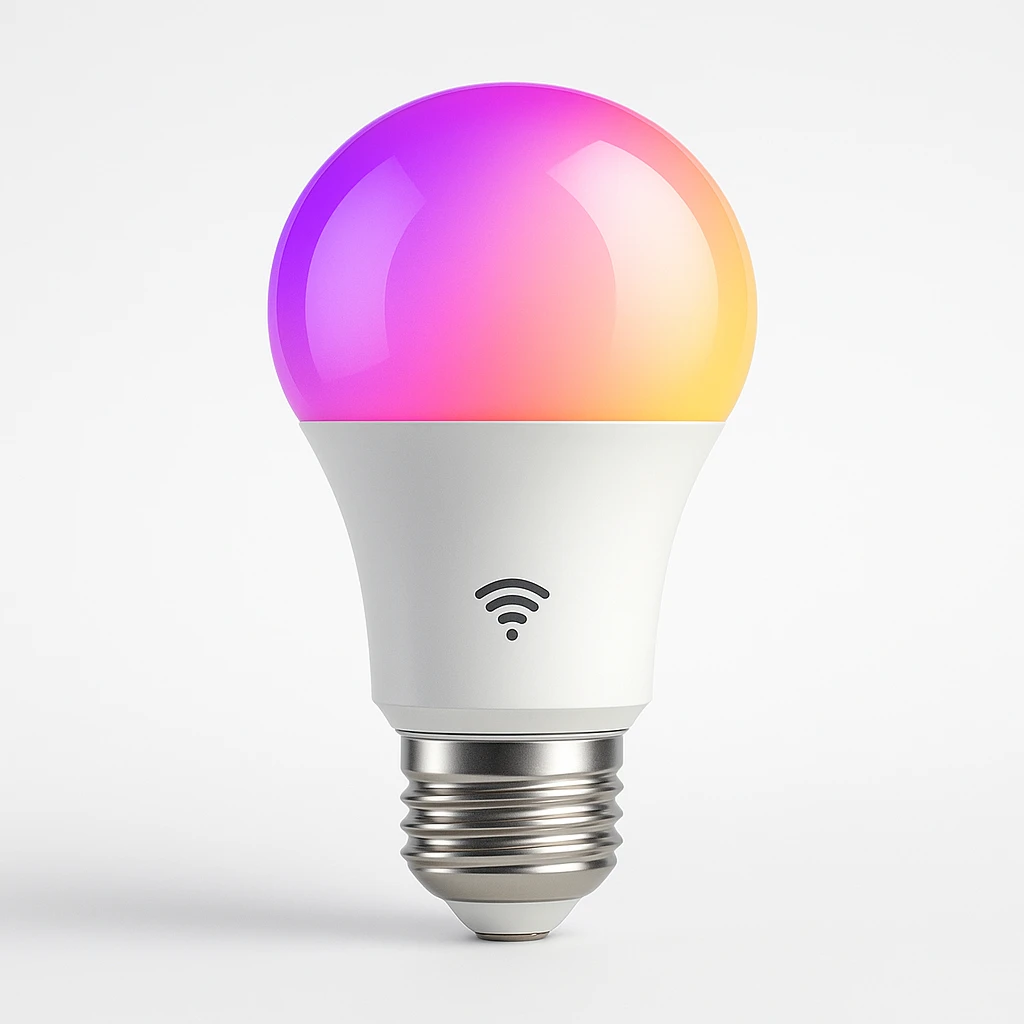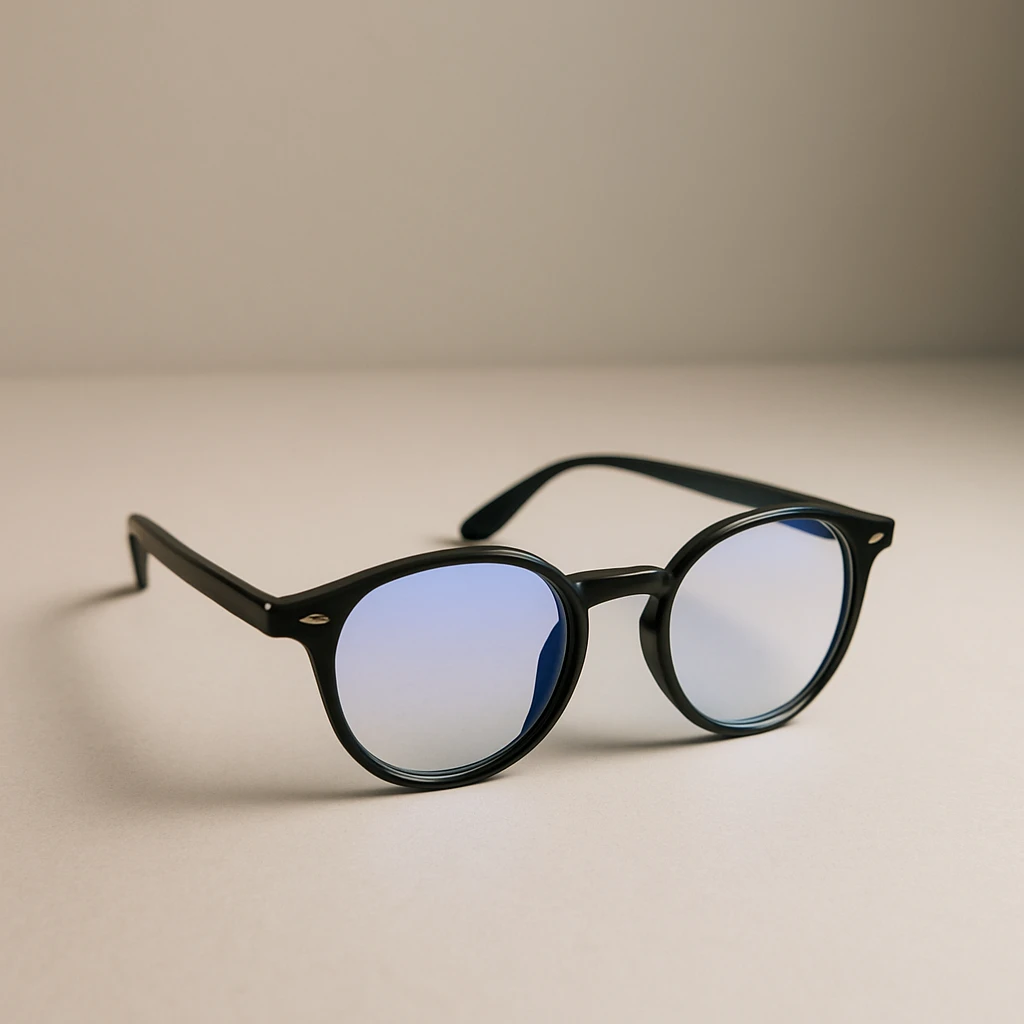
Welcome to the Health Zone. Discover how smart lighting can improve your sleep, mood, and productivity. Learn the basics of circadian lighting, blue light effects, and practical ways to make your home or workspace healthier with LEDs.
Featured Health Topic
- Supports your natural sleep-wake cycle with the right color temperature.
- Boosts energy in the morning, helps you wind down at night.
- Reduces eye strain and can improve focus and mood.
- Easy to set up with smart bulbs, lamps, or fixtures.

Match your lighting to your body clock for better health and sleep.
How to Use LEDs for Wellness
- Use cool, bright light (5000-6500K) in the morning for alertness and energy.
- Switch to warmer light (2700-3500K) in the evening to promote relaxation and melatonin production.
- Dim lights at night to help your body wind down naturally.
- Avoid blue light from screens before bed-try blue light filters or glasses if needed.
- Set up smart lighting schedules with timers or WiFi bulbs for convenience.
Recommended Products for Healthy Lighting

Smart LED Bulbs
Change color temperature, brightness, and schedule your lights to follow your routine. Brands like Philips Hue and Wyze offer easy, affordable solutions.

Blue Light Glasses
Reduce digital eye strain and help protect your sleep when using screens at night. Available in a range of prices and styles.

Sunrise Alarm Clock
Wake up gently with gradually brightening light-proven to improve morning mood and energy.
Frequently Asked Questions
Search all health-related questions below. Answers update as you type. Click "Next" for more.
Ask a Question
All questions are reviewed before publishing.
Expert Take
"Proper lighting can transform your sleep, productivity, and overall well-being," says Dr. Priya Sethi, sleep researcher. "Follow circadian cues and use smart LEDs for a healthier lifestyle indoors."
Why Trust This Guide?
We've tested hundreds of bulbs, fixtures, and growing setups so you don't have to. Whether you're optimizing plant growth, fine-tuning home or studio lighting, or just hunting for the brightest, most efficient LEDs, our hands-on experience, lab-style comparisons, and real-user feedback cut through the noise. We turn complex specs into clear, actionable advice-so every lighting decision is backed by data, not guesswork.





